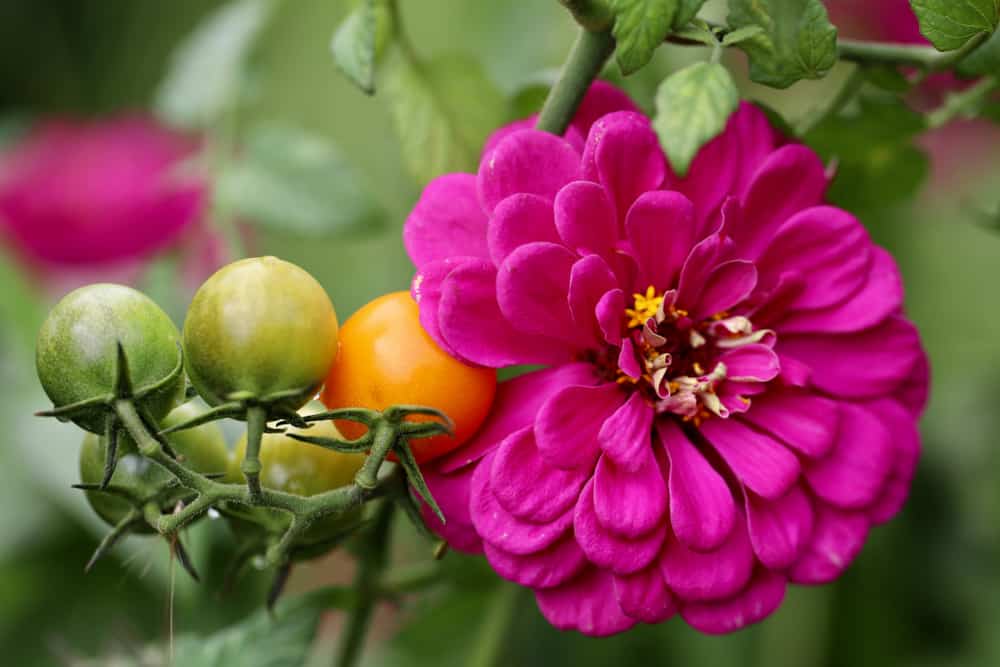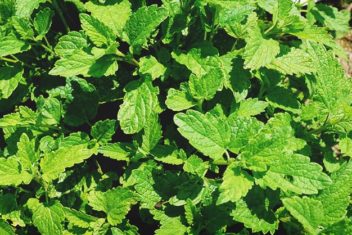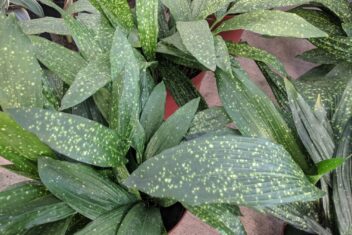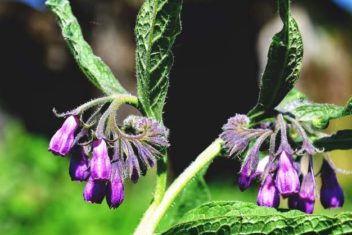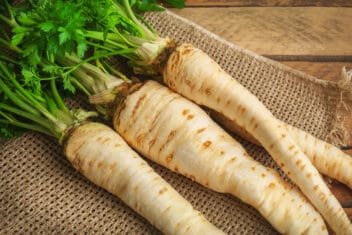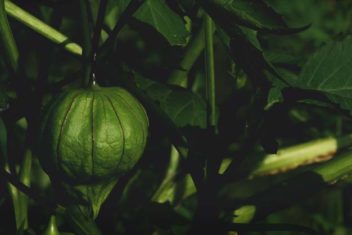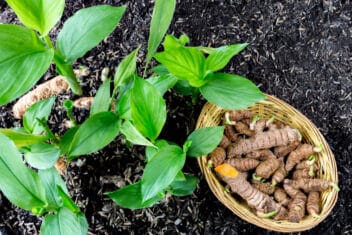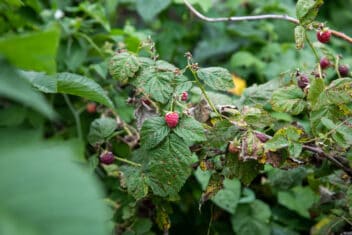Many of us incorporate companion planting into our garden. Some create guilds like three sisters gardens, while others plant species that either attract or repel various insect species. But do these practices actually do any good? So what does science say about companion planting? Are all of these tips based on folklore and old wives’ tales?
Let’s take a look at how this type of planting really works, and whether there’s any basis in scientific fact.
What is Companion Planting, Exactly?
The idea of companion planting is that some plants make good neighbors for one another, while others don’t. Sometimes this is due to their symbiotic effects on one another. For instance, we used the three sisters guild as an example above.
In this example, you plant corn, beans, and squash in blocks. The corn grows tall, creating support structures for climbing beans. In turn, the beans help to tether the shallow-rooted corn, and also fix nitrogen into the soil. Meanwhile, the squashes help to keep moisture in the soil by creating a mulch-like cover with their leaves.
Other examples of companion planting include placing sunflowers on the end of a row of cucumber plants to attract tarnished plant bugs.
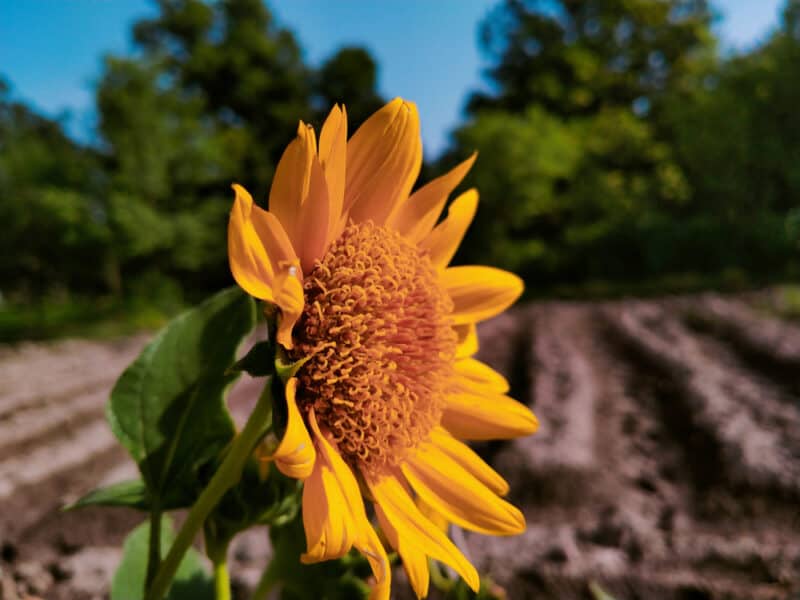
People also often plant tomatoes with basil because the latter seems to repel bugs that chomp on plants in the nightshade family.
Is This Type of Gardening Proven to Work? Or a Myth?
So does the science support companion planting? That depends on who you ask.
People who depend on scientific studies to prove whether something works or not might be disappointed when it comes to companion planting. There are few studies out there on plant symbiosis. One of the few papers on this topic is Companion Planting: A Method for Sustainable Pest Control.
In this study, researchers interplanted five vegetable species with five companions from seed in a greenhouse. The scientists cultivated the seedlings for approximately 10 weeks. They also planted control groups so they could draw comparisons about insect predation and overall health.
The study included Broccoli, ‘Buttercrunch’ lettuce, cabbage, ‘Celebrity’ zucchini, and tomatoes growing alongside African marigolds, thyme, basil, onions, and ‘Red Zeppelin’ nasturtiums.
According to the results:
“Conclusively, all the control plots showed the most insect and pest damage, which indicates any intercropping with a companion plant is more advantageous than none. Thyme, nasturtium, and onion exhibited the best resistance of cabbage worm, weevil, and cabbage looper for the three cole crops (broccoli, cabbage, and lettuce). Marigold intercropped with zucchini demonstrated the best resistance to cucumber beetle, and both marigold and nasturtium had equal resistance to squash bug damage. Tomato insect damage was the least in the basil and thyme plots.”
– Leah Riesselman
That said, just because something isn’t scientifically proven doesn’t mean that it isn’t valid. The Usnea barbata lichen has been used medicinally for its antibiotic and antibacterial properties for thousands of years. Just because it has only been studied scientifically recently and thus “proven” to work doesn’t mean that it hasn’t worked for centuries. You know?
Examples of Scientifically Proven Companion Planting
The pairings listed below are some of the most common companion planting options and the ones that the science supports. Some of the pairings are symbiotic, meaning that they benefit one another well. Others are more one-sided. An herb or vegetable will do just fine on its own, but will offer great benefits to its neighbors.
Cucumbers and Nightshades

A traditional vegetable garden will undoubtedly contain cucumbers and tomatoes. These two plants don’t just work together marvelously in salads, they also make excellent garden neighbors.
This is because cucumbers are allelopathic. If you’re unfamiliar with the term, it means that they release chemicals that can inhibit growth in other plants nearby. Walnut trees release juglone, for example, which kills most neighboring plants other than pawpaws, Jerusalem artichokes, raspberries, and echinacea. (Okay, there are a few others that can survive the juglone onslaught, but not many.)
Back to cucumbers. They release cinnamic acid, which stunts growth in any seed-grown plants nearby. That said, if you plant nightshade seedlings like tomatoes, eggplants, and peppers, they’ll thrive with little to no weed interference.
Crimson Clover and Fruit Bushes
You already know that fruit plants need pollinators to fertilize them. Planting insect-attracting flowers and herbs around fruit plants significantly increases their successful pollination rates. When it comes to blueberry bushes, they fare best when there are a lot of bumblebees visiting. This is because bumblebees are four times more effective at pollinating these fruit bushes than any other insect.
In a Michigan study, researchers found that the blueberry bushes thrived best when crimson clover was planted around them. This stunning perennial is a nectar-rich cover crop that attracts bumblebees like aunties to a Denny’s buffet. When the berry bushes aren’t in season, the clover’s nectar keeps the bees fed and happy. As an added bonus, clover is so nitrogen-rich that it replenishes the soil at the end of each season.
Tomatoes with Basil and Thyme

This combination was proven to be effective via the study mentioned earlier, but gardeners have been interplanting these babies for centuries. In fact, one of my first gardening memories was flanking a potted cherry tomato plant with Genovese basil and French thyme.
Thyme (Thymus vulgaris) contains thymol (hence its name), which is a powerful antimicrobial, antiseptic, antifungal, and antibacterial. It’s also present in other Lamiaceae family members such as marjoram and bee balm (Monarda spp.) Planting these near tomatoes helps to fend off all manner of soil-borne pathogens, and its flowers help to attract beneficial insects while shooing unwanted ones away.
Similarly, another study showed that basil (Ocimum basilicum) contains the compounds methyl chavicol and linalool. Insects that like to feed on tomatoes really don’t like the smell of these chemicals. As a result, they’ll high-tail it over to a plant that’s less offensive to them. Additionally, these compounds just happen to be fungicidal and can help to kill off the Alternaria rot that often afflicts fruit-bearing plants.
Lettuce with Sweet Alyssum and Yarrow
These herbs are excellent companions for lettuce for a few different reasons. Yarrow is an ideal companion plant for most species, but when combined with sweet alyssum, they can help to keep your lettuce beds from being annihilated by both aphids and caterpillars.
This is because both species attract braconid (parasitic) wasps. The wasps lay their eggs on lettuce-loving caterpillars, thus killing off the crawlers quite effectively. Try planting the alyssum in and around your lettuce plants, with yarrow as an edging crop nearby.
If you want to utilize a companion planting duo that the science backs up, this is a good one.
Marigolds and Alliums
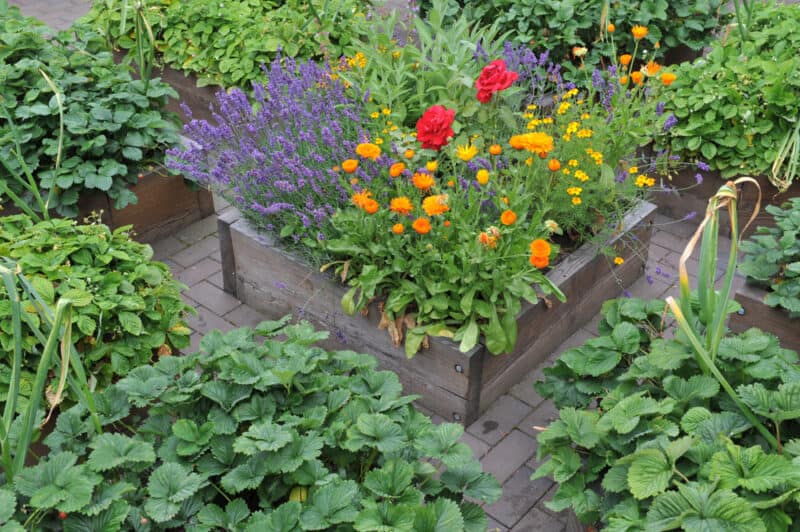
A study published in the Journal of the Taiwan Society for Horticultural Science shows that marigold and Alliums can benefit each other. Now, when we talk about marigolds here, we’re referring to those commonly known as French marigolds (Tagetes patula) rather than pot marigolds (Calendula officinalis).
French marigolds release chemicals that fend off a number of different onion predators. One of the worst of these is the onion maggot fly, which can obliterate your entire allium crop. Additionally, onions are very prone to root-knot nematodes (Meloidogyne incognita). Studies show that marigolds just happen to produce a compound known as alpha-terthienyl, which reduces these nematodes in the surrounding soil.
It does this by inhibiting the nematode eggs from hatching. As a result, their life cycle is interrupted and their numbers dwindle significantly. The only downside to this is that it takes a full year for the benefits to be seen. Since marigolds are annuals, you’ll need to make sure to save their seeds and re-sow them annually.
To get maximum benefits from your marigolds, you need to plant them generously in amongst your onions, leeks, chives, and other alliums. Consider edging your garden beds with them as well.
Cucumbers and Wheat
Wheat planted with cucumbers showed higher yields than either crop planted alone, according to a study in the Journal of Integrative Agriculture.
Do Your Own Research
These are just a few of the many beneficial companion plant pairings out there. If you’re interested in learning more, consider checking out the book Plant Partners: Science-Based Companion Planting Strategies for the Vegetable Garden by horticulturist Jessica Walliser.
Additional book references include Carrots Love Tomatoes by Louise Riotte, Rodale’s Ultimate Encyclopedia of Organic Gardening, and any of Bill Mollison’s permaculture books.
Ultimately, the best thing you can do is be experimental in the garden and see what works best for your own plants!
